Traditional Chinese 烏龍茶 Cantonese Jyutping wu lung caa | Simplified Chinese 乌龙茶 Hanyu Pinyin Hanyu Pinyin | |
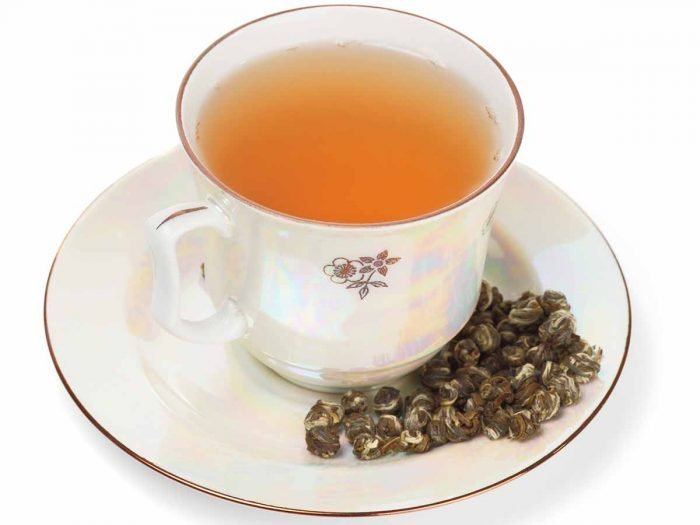 | ||
Similar Tea, Pu‑erh tea, Green tea, Black tea, Rooibos | ||
Oolong tea
Oolong ( /ˈuːlɒŋ/) (simplified Chinese: 乌龙; traditional Chinese: 烏龍; pinyin: wūlóng) is a traditional Chinese tea (Camellia sinensis) produced through a process including withering the plant under strong sun and oxidation before curling and twisting. Most oolong teas, especially those of fine quality, involve unique tea plant cultivars that are exclusively used for particular varieties. The degree of oxidation can range from 8 to 85%, depending on the variety and production style. Oolong is especially popular with tea connoisseurs of south China and Chinese expatriates in Southeast Asia, as is the Fujian preparation process known as the Gongfu tea ceremony.
Contents
- Oolong tea
- Maximum weight loss with oolong tea
- Possible origins
- Fujian China
- Wuyi Mountains
- Anxi
- Guangdong China
- Taiwan
- Other varieties
- Steeping preparation of oolong tea
- Caffeine
- References
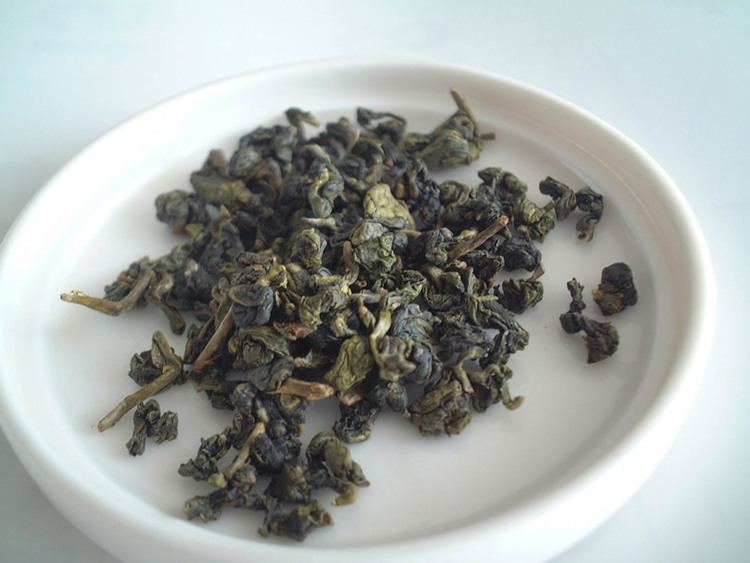
Different styles of oolong tea can vary widely in flavor. They can be sweet and fruity with honey aromas, or woody and thick with roasted aromas, or green and fresh with bouquet aromas, all depending on the horticulture and style of production. Several types of oolong tea, including those produced in the Wuyi Mountains of northern Fujian, such as Da Hong Pao, are among the most famous Chinese teas. Different varieties of oolong are processed differently, but the leaves are usually formed into one of two distinct styles. Some are rolled into long curly leaves, while others are 'wrap-curled' into small beads, each with a tail. The former style is the more traditional of the two in China.
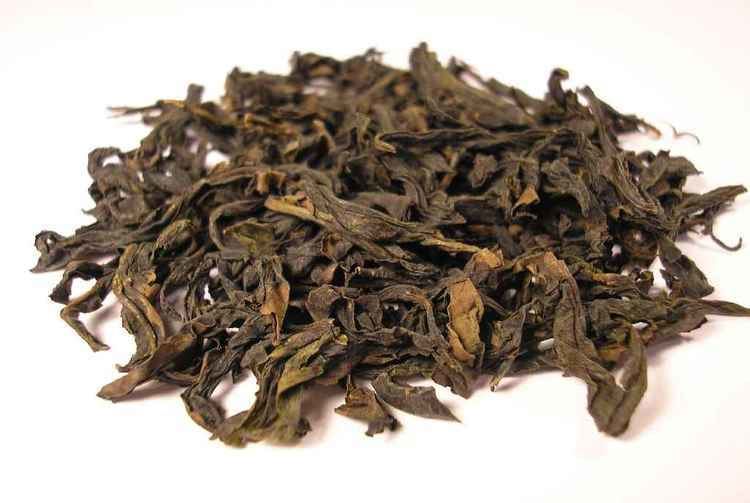
The name oolong tea came into the English language from the Chinese name (simplified Chinese: 乌龙茶; traditional Chinese: 烏龍茶; pinyin: wūlóng chá), meaning "black dragon tea". In Chinese, oolong teas are also known as qingcha (Chinese: 青茶; pinyin: qīngchá) or "dark green teas".

The manufacture of oolong tea is intricate because some of the basic steps involved in its making are repeated many times before the desired amount of bruising and browning of the leaves is achieved. Withering, rolling, shaping, and firing are similar to black tea, but much more attention to timing and temperature is necessary. One last step, baking or roasting, is exclusive to oolong tea and is referred to as the real art in making this tea.
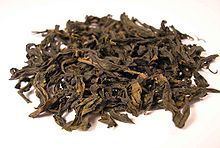
Maximum weight loss with oolong tea
Possible origins
There are three widely accepted explanations of the origin of the Chinese name. According to the "tribute tea" theory, oolong tea came directly from Dragon-Phoenix Tea Cake tribute tea. The term oolong tea replaced the old term when loose tea came into fashion. Since it was dark, long, and curly, it was called Black Dragon tea.
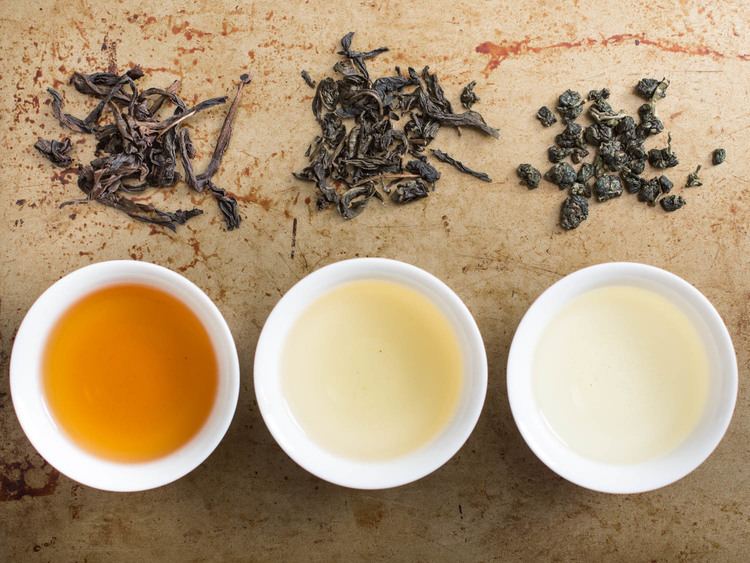
According to the "Wuyi" theory, oolong tea first existed in the Wuyi Mountains region. This is evidenced by Qing dynasty poems such as Wuyi Tea Song (Wuyi Chage) and Tea Tale (Chashuo). It was said that oolong tea was named after the part of the Wuyi Mountain where it was originally produced.
According to the "Anxi" theory, oolong tea had its origin in the Anxi oolong tea plant, which was discovered by a man named Sulong, Wulong, or Wuliang.
Another tale tells of a man named Wu Liang (later corrupted to Wu Long, or Oolong) who discovered oolong tea by accident when he was distracted by a deer after a hard day's tea-picking, and by the time he remembered to return to the tea it had already started to oxidize.
Fujian, China
Tea production in Fujian is concentrated in two regions: the Wuyi Mountains and Anxi County. Both are major historical centers of oolong tea production in China.
Wuyi Mountains
The most famous and expensive oolong teas are made here, and the production is still usually accredited as being organic. Some of the better known cliff teas are:
Anxi
Guangdong, China
The term dancong originally meant phoenix teas all picked from one tree. In recent times though it has become a generic term for all Phoenix Mountain oolongs. True dancongs are still being produced, but they are extremely high quality and almost impossible to get in western markets.
Taiwan
Tea cultivation in Taiwan began in the 18th century. Since then, many of the teas which are grown in Fujian province have also been grown in Taiwan. Since the 1970s, the tea industry in Taiwan has expanded at a rapid rate, in line with the rest of Taiwan's economy. Due to high domestic demand and a strong tea culture, most Taiwanese tea is bought and consumed by the Taiwanese.
As the weather in Taiwan is highly variable, tea quality may differ from season to season. Although the island is not particularly large, it is geographically varied, with high, steep mountains rising abruptly from low-lying coastal plains. The different weather patterns, temperatures, altitudes, and soil ultimately result in differences in appearance, aroma, and flavour of the tea grown in Taiwan. In some mountainous areas, teas have been cultivated at ever higher elevations to produce a unique sweet taste that fetches a premium price.
Other varieties
Steeping (preparation of oolong tea)
Generally, 3 grams of tea per 200 ml of water, or about two teaspoons of oolong tea per cup, should be used. Oolong teas should be prepared with 200 to 205 °F (93 to 96 °C) water (not boiling) and steeped 3–10 minutes. High quality oolong can be steeped several times from the same leaves and, unlike other teas, it improves with rebrewing: it is common to steep the same leaves three to five times, the third or fourth steeping usually being considered the best.
A widely used ceremonial method of steeping oolongs in Taiwan and China is called gongfucha. This method uses a small steeping vessel, such as a gaiwan or Yixing clay teapot, with more tea than usual for the amount of water used. Multiple short steeps of 20 seconds to 1 minute are performed; the tea is often served in one- to two-ounce tasting cups.
Caffeine
Oolong generally contains caffeine, although the caffeine content in tea will vary based on terroir, when the leaf is plucked, and the production processes.
